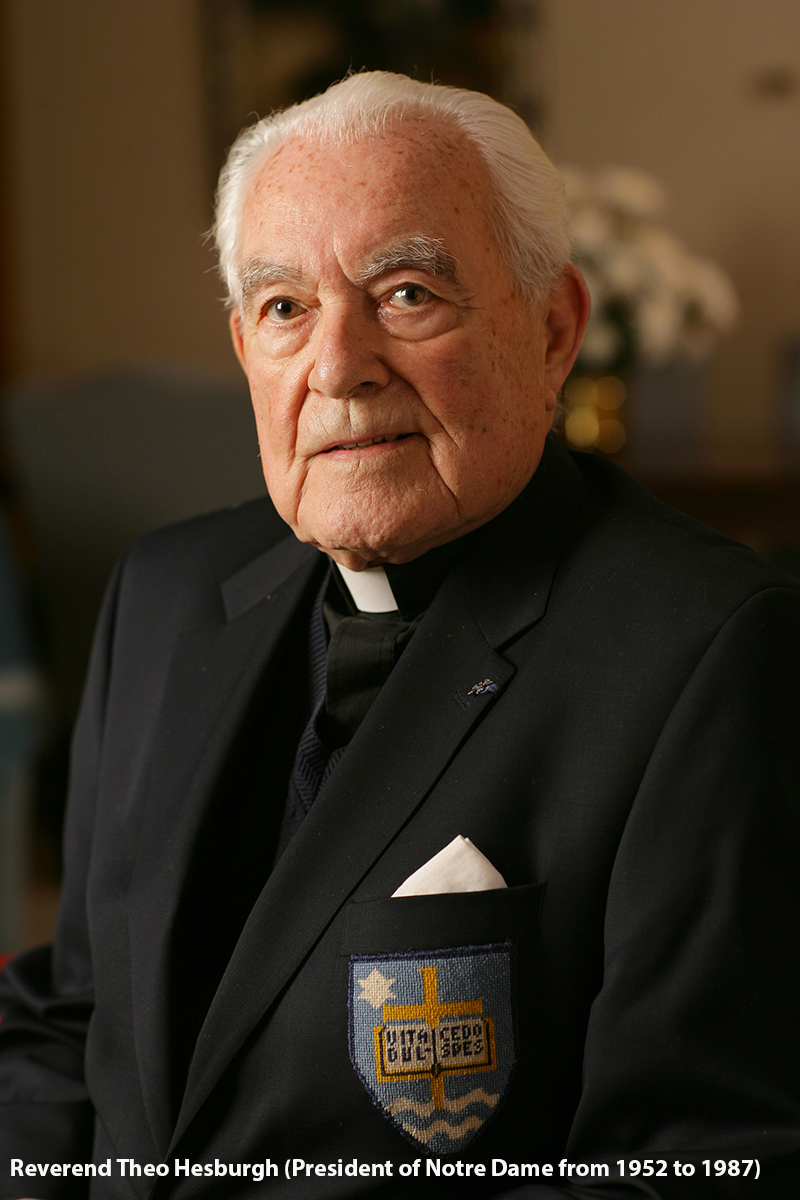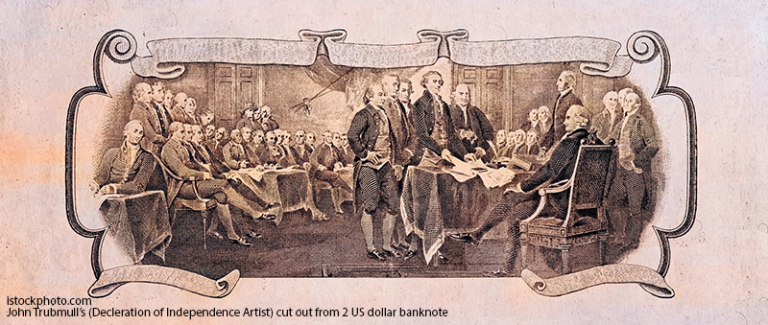
The American higher education industry is in decline. Enrollment has decreased by nearly three million students over the past decade, public confidence is waning and costs keep rising faster than inflation. But beneath these trends lies a quieter, deeper, more penetrating failure: rudderless leadership
Brand management is not the primary work of a college or university president; Stewardship of principles and ideas about sustaining a free society through reason and a worldview that allows an individual to position themselves in a constantly evolving matrix of ideas and people. Shaping perception over fulfilling core mission, chasing visibility instead of embracing a clear vision and postponing tough decisions until it’s too late does not equal leadership. The result is not just administrative inefficiency; it’s the relentless decline of one of the nation’s most vital institutions: the university.
Undergraduate enrollment is tanking, plummeting 1.2 million students since 2019, according to the National Student Clearinghouse—a dastardly mix of changing demographics and misguided focus on core missions. Meanwhile, administrative costs have risen considerably. From 2000 to 2020, the number of non-instructional staff positions grew by 25 percent, while tenure-track faculty remained steady.
This imbalance reveals leadership failure. Presidents’ hesitancy to challenge bureaucratic growth or to protect the academic mission from short-term political and financial pressures leaves their institutions bloated and directionless. Presidents often hide in dark corners of the institution, where dense bureaucracies block the light, obscure responsibility and shift blame onto faculty. Faculty certainly contributes, but the final authority over the institution ultimately rests with presidential leadership. Or does it?
Fiscal discipline has weakened as many universities continue to build, borrow and expand despite declining student populations. The State Higher Education Executive Officers Association reports that inflation-adjusted state funding per student remains below 2008 levels in most states, even though spending exceeds revenue growth. Instead of restructuring or cutting low-demand programs, university presidents often turn to tuition hikes, “strategic initiatives,” or new debt to hide these structural problems. This approach is like overindulgent retail therapy and risks destroying the foundational fabric that supported university success for two centuries.
The American Council on Education reports that almost one in three presidents now serve less than five years, a record low. Such turnover interrupts continuity, weakens trust and promotes short-term thinking. Fresh “strategic plans” rarely survive the life of the search committee. And, they are not even “fresh.”
Confidence in higher education is directly proportional to effective leadership, or its lack. Gallup reports that only 36 percent of Americans trust colleges and universities ‘a great deal’ or ‘quite a lot,’ compared to 57 percent a decade ago. This decline isn’t just ideological; it shows widespread skepticism about leadership competence and accountability. Where we are headed is an unanswered question.
The Drift from Mission to Marketing
Universities were once led by scholars who saw themselves as intellectual and civic life stewards. Now, they are more often guided by executives who see institutions as brands competing for market share.
Many prefer to manage unavoidable political debates through appeasement rather than principles, creating a pattern that leaves everyone feeling unfulfilled. Others expand administrative structures, claiming to focus on “diversity” or “innovation,” while neglecting the core work of teaching and research.
In both cases, the outcome is identical: a loss of mission clarity and credibility. A university that confuses activism with inquiry or bureaucracy with governance risks losing its academic integrity and public trust.
Courage and Clarity Are the Remedies
The answer isn’t better public relations but increased moral and leadership courage. Facts, ideas and moral clarity are the stuff of leadership. Effective leaders concentrate on what truly matters: learning outcomes, graduation rates and most importantly, an understanding of our nation as a functioning constitutional republic, a beacon of hope in a dark world.
They base their decisions on evidence. They openly discuss trade-offs and encourage free inquiry, even when difficult.
When retention rates fall, they prioritize improving advising over slogans. When budgets decrease, they cut administration first before reducing instruction. When public trust drops, they rebuild it through transparency and accountability instead of marketing.
In short, they lead.
Leadership as Stewardship
Protecting the institution’s mission, integrity and public trust in service to students is job one. This involves maintaining moral independence from ideological trends, managing finances realistically within constraints and having the courage to tell stakeholders the unpleasant truths.
Leadership in higher education is about reigniting purpose, not merely managing decline. The nation’s universities remain essential drivers of mobility and innovation, but only if their leaders remember they are stewards, not celebrities.
The Choice Ahead
American higher education isn’t short on intelligence, talent, or tradition. It lacks conviction: full heads but hollow chests. If presidents keep confusing appeasement with leadership, the decline will continue in a costly and unnecessary way.
The renewal of higher education won’t start in Washington or Austin. It will begin in the president’s office when university leaders act again with integrity, courage and transparency.
Walter Wendler is president of West Texas A&M University. The views expressed are his own.







